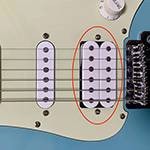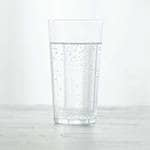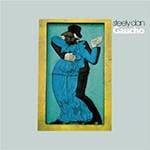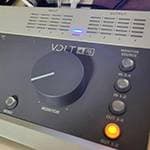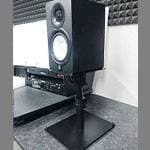Since I usually apply effects to acoustic piano for improvisation and ambient performances, I will focus this review on using it in that context.
The acoustic piano is fundamentally an instrument whose sound is typically used as it is, so I don’t consider it to be one that naturally accommodates sonic transformation the way guitars or synthesizers do. For this reason, whenever I deliberately process an acoustic piano, I carefully consider the compatibility of the effect pedal with the instrument.
Distortion-type pedals often struggle with chords, as the sound tends to collapse, so it can be difficult to use them effectively. However, for this review, I deliberately experimented with the pedal in a more unconventional, “special effects” kind of way.
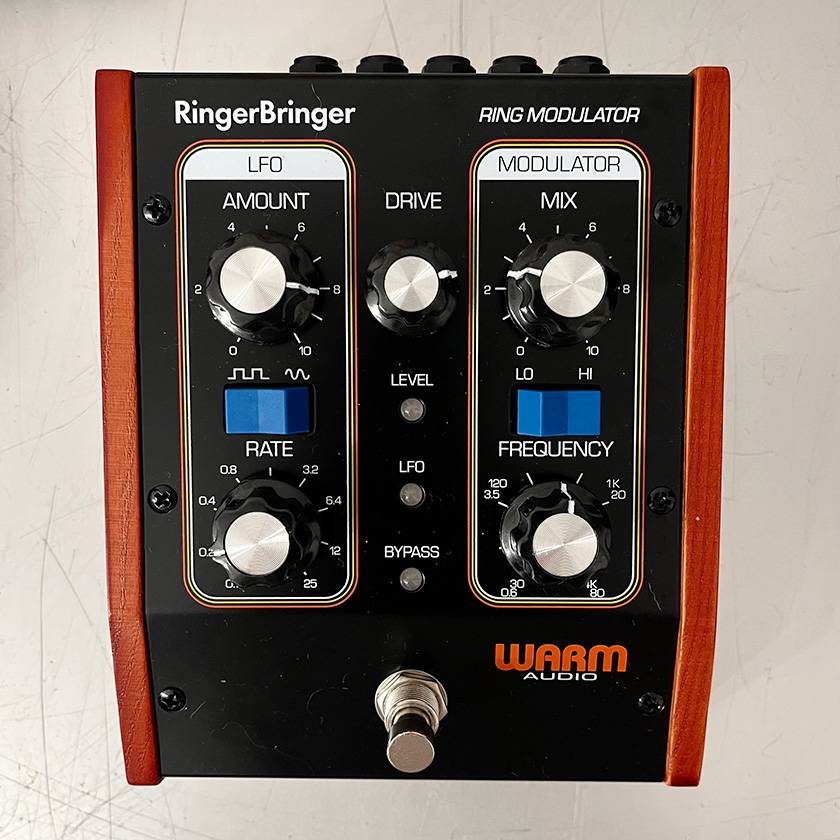
On the right side, you can control the amount of modulation and further modulate that amount periodically using the LFO on the left side. Additionally, the center knob allows you to add drive.
■ WARM AUDIO RingerBringer Piano Test by ryo sugimoto
I applied it to a simple riff phrase at 100% wet. The natural sense of pitch of the piano is almost completely lost, resulting in a metallic, sound-effect-like tone.
■ WARM AUDIO RingerBringer Piano Abstract by ryo sugimoto
This one is also set to 100% wet, with an abstract improvised performance. By intentionally blurring the piano’s inherently clear pitch and combining it with abstract playing, you can create a tense, uneasy atmosphere.
■ WARM AUDIO RingerBringer Piano Blues by ryo sugimoto
Here, the WET value is lowered to blend the original sound, and blues is played. Even in a more chordal performance like this compared to the previous videos, you can add metallic overtones to accent the playing. By adding distortion, the piano is intentionally steered away from its refined character. Since the original sound from the piano itself can still be heard clearly during the performance, careful monitoring balance is necessary. However, playing while listening to the sound with the added effect can be inspiring and a lot of fun.
■ WARM AUDIO RingerBringer Wurlitzer by ryo sugimoto
I also tried it with a Wurlitzer-type tone from the YAMAHA YC73. It adds distortion and tonal accents to 16th-note-based comping.
■ WARM AUDIO RingerBringer MOOG Subsequent37 Arpeggiator by ryo sugimoto
Lastly, I applied it to an arpeggiator phrase on the MOOG Subsequent37 and tweaked various knobs. As expected, it pairs well with analog synths, and just turning the knobs produces a wide variety of sounds—it's a lot of fun.
If I had to be picky, I felt that having more LFO waveform variations, especially a random option, would allow for glitchier play with a greater sense of unpredictability.
This time, I intentionally used it on less conventional sources like acoustic piano, but this effect unit also seems well-suited for adding depth and character to synths that are both analog and digital.
The column "sound & person" is made possible by contributions from our readers.
For details on how to submit your own article, click here.





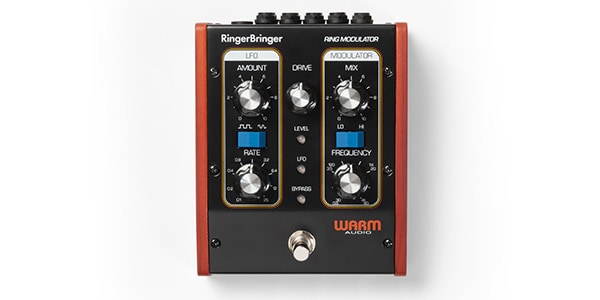


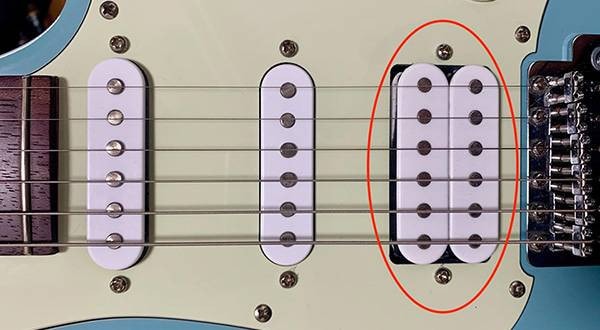

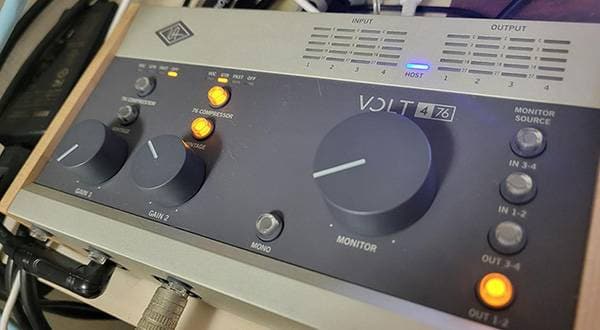
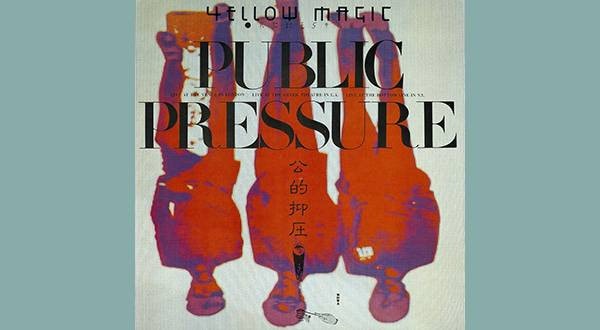
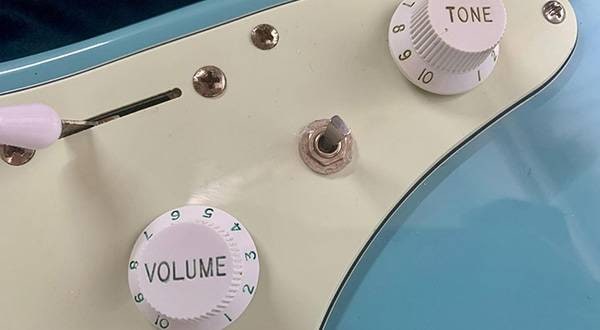
![[Keyboardist Gakushi’s Review] Experimental Ring Modulation Deep Dive - the Warm Audio RingerBringer Review](/contents/uploads/thumbs/5/2025/7/20250702_5_31874_1.jpg)
![[Product Review] Warm Audio WA76 by Kenichi Ikeda from ROOT SOUL](/contents/uploads/thumbs/5/2024/7/20240704_5_27458_1.jpg)


![[Product Review] “I tried out products by Warm Audio!” Part 2 by Hiro-a-key a.k.a. Nenashi & Satoshi Fukuda](/contents/uploads/thumbs/5/2024/2/20240219_5_25716_1.jpg)
![[Product Review] “I tried out products by Warm Audio!” by Hiro-a-key a.k.a. Nenashi](/contents/uploads/thumbs/5/2023/8/20230821_5_23673_1.jpg)
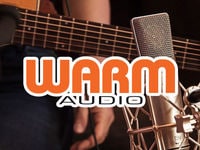 WARM AUDIOとは
WARM AUDIOとは
 エレクトリックピアノ 入門ガイド
エレクトリックピアノ 入門ガイド
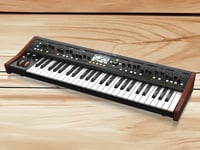 シンセサイザー 入門ガイド
シンセサイザー 入門ガイド
 ピアノアコースティックピアノ 入門ガイド
ピアノアコースティックピアノ 入門ガイド
 エフェクターの種類
エフェクターの種類
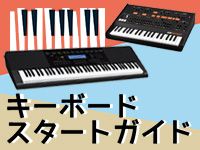 キーボードスタートガイド
キーボードスタートガイド
